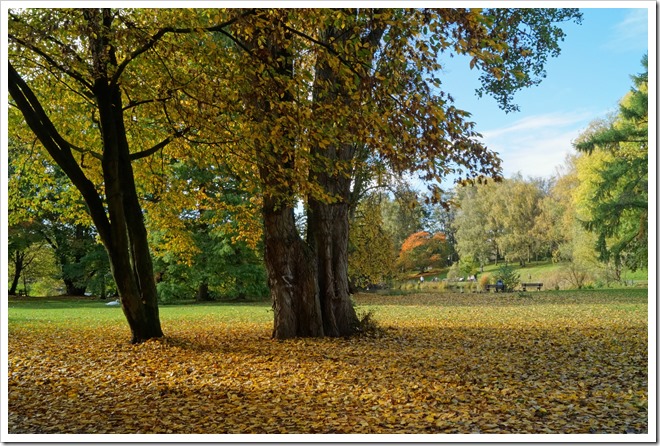I’ve lately been reading a bunch of great books about cities that I would like to share.
Four Books
Right now I’m in the middle of reading Walkable City by Jeff Speck. I still have some pages to go, but I’m already really impressed by this book. There are so many ideas for making American cities more livable in a more environmentally friendly and sustainable way. Many times, he points to European cities as good examples, even though there are still so many things we could and I think have to do better.
WalkScore.com is also mentioned as a nice tool to help you assess how walkable neighborhoods are, for instance when picking a new place to move to. There’s also TED Talk by the author presenting the main points from the book if you are short on time.
One of the things Speck argues against the most in Walkable City is suburbia and the sprawl it begets. So it’s interesting to contrast this book with Building Suburbia by Dolores Hayden. Before reading this book, I had no idea there was a time when people would mail-order their houses , receive a kit and then with the help of family, friends and neighbors to built their home from parts. Or how trams/street cars where built by developers, not the city or another government agency, to allow new home owners to reach the suburbs and thus increase the value of their plots.
Another great book on how to improve neighborhoods and cities is Smart Growth Manual that Jeff Speck was also involved in. In short, snappy chapters, it contains a number of great tips what planners can do to improve many details of city life. Even though European cities such as the one I’m living in are already doing a lot of these things, some of these tips could still be applied here. The FastCompany blog, which I read regularly, has a list of the 10 Smartest Cities in North America. Boston ranks pretty high on that list, thanks to many features that also make it my favorite city in America.
And of course no list of books on cities would be complete without a mention of Jane Jacobs’ classic The Death and Life of Great American Cities. I have to admit that I did not read this book all the way through. It is pretty lengthy. Nonetheless, the points it is making are now just as valid as they were when the book was originally published: such as the importance of an active street life on sidewalks, parks that are safe, because they are used throughout the day – by different types of people at different times.
A Personal Perspective
I am living in Düsseldorf, a city that regularly ranks among the best in the world on Mercer’s quality of living index. Reading these books showed me that city planners here have done a lot of things well over the years and I am very lucky to be benefiting from their foresight. The way my neighborhood and city is set up also makes it easy to live relatively environmentally friendly: Everything I need for my day-to-day shopping is within walking distance. As are more than half a dozen bus, tram and light-rail stops. To get to my place of work, I can pick from one of four tram lines for a ten minute ride.
Still, there are things that could be done better around here. For instance, the network of bicycle lanes is rather lacking, making it inconvenient and/or unsafe to ride a bike in some parts of town. Places such as Münster and Amsterdam are doing much better in this regard and I think it would be wise to learn from them.
